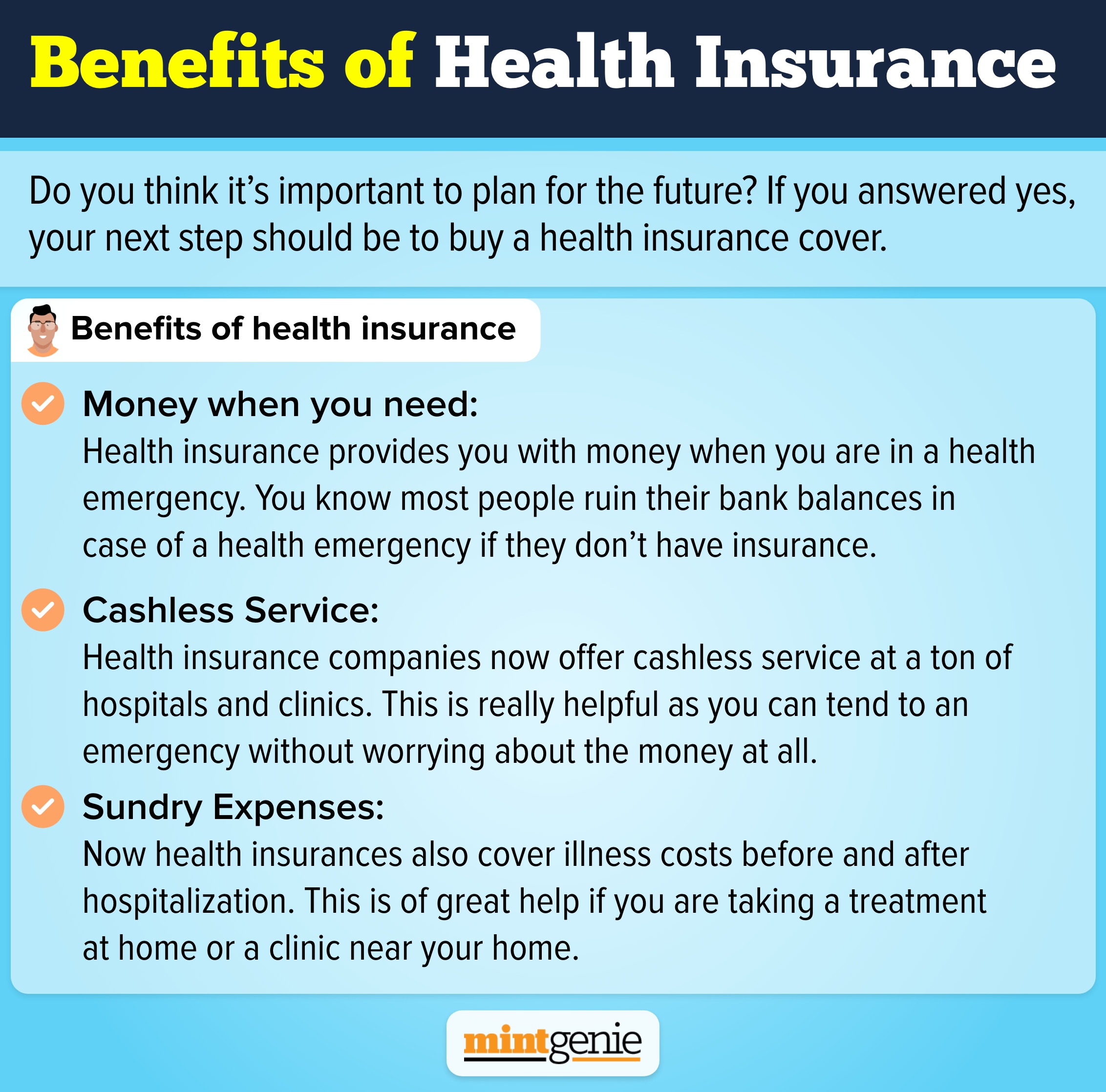How Medicare Advantage Agent can Save You Time, Stress, and Money.
How Medicare Advantage Agent can Save You Time, Stress, and Money.
Blog Article
Getting My Medicare Advantage Agent To Work
Table of ContentsNot known Incorrect Statements About Medicare Advantage Agent The smart Trick of Medicare Advantage Agent That Nobody is Talking AboutHow Medicare Advantage Agent can Save You Time, Stress, and Money.

complies with from perplexing the relatively young age profile of the uninsured with the far better health and wellness, on standard, of younger persons. This covers the link between wellness standing and wellness insurance. For those without accessibility to office health and wellness insurance policy, poor health is a possible barrier to purchasing nongroup insurance coverage since such insurance coverage may be very priced, leave out preexisting problems, or be simply not available. The variety of uninsured Americans is not especially huge and has not transformed over the last few years. Seven out of 10 participants in an across the country representative study assumed that fewer Americans did not have medical insurance than actually do(Fronstin, 1998). About half(47 percent )believed that the variety of people without medical insurance lowered or stayed constant over the last half of the last years(Blendon et al., 1999). This drop of nearly 2 million in the variety of people 'without insurance (a decrease
of about 4 percent)is definitely a positive change. With a softer economic situation in 2000 the current reported gains in insurance policy coverage might not continue(Fronstin, 2001 ). The decrease in the variety of without insurance will not continue if the economic climate continues to be slow and healthcare expenses continue to outmatch inflation. This is since the data were accumulated for a period of strong financial performance. Of the approximated 42 million individuals that were without insurance, just about about 420,000(regarding 1 percent)were under 65 years old, the age at which most Americans become eligible for Medicare; 32 million were grownups between ages 18 and 65, around 19 percent of all adults in this age team; and 10 million were kids under 18 years old, about 13.9 percent of all children (Mills, 2000). These estimates of the variety of persons uninsured are created from the yearly March Supplement to the Existing Populace Study (CPS), conducted by the Demographics Bureau. Unless otherwise kept in mind, national quotes of people without health and wellness insurance coverage and proportions of the populace with different type of protection are based on the CPS, the most widely utilized resource of quotes of insurance coverage and uninsurance rates. These surveys and the price quotes they generate are defined briefly in Table B. 1 in Appendix B - Medicare Advantage Agent. These surveys differ in dimension and sampling approaches, the inquiries that are asked concerning insurance
Not known Factual Statements About Medicare Advantage Agent
protection, and the moment period over which insurance policy coverage or uninsurance is determined(Lewis et al., 1998, Fronstin, 2000a ). Still, the CPS is especially useful due to the fact that it generates yearly price quotes fairly promptly, reporting the previous year's insurance coverage approximates each September, and because it is the basis for a consistent collection of price quotes for more than two decades, enabling evaluation of trends in coverage with time.

Some Known Factual Statements About Medicare Advantage Agent
Over a three-year duration starting early in 1993, 72 million individuals, 29 percent of the united state populace, were without protection for at the very least one month. Within a solitary year(1994), 53 million individuals experienced at the very least a month without coverage(Bennefield, 1998a). Six out of every ten without insurance grownups are themselves employed. Although working does improve the likelihood that a person and one's member of the family will certainly have insurance coverage, it is not an assurance. Also participants of family members with two full-time breadwinner have virtually a one-in-ten opportunity of being uninsured (9.1 percent uninsured price)(Hoffman and Pohl, 2000 ). The connection in between medical insurance and accessibility to care is well developed, as recorded later on in this chapter. The connection in between health and wellness insurance policy and read here wellness outcomes is neither straight nor basic, a substantial medical and wellness solutions research literature web links health and wellness insurance policy coverage
to improved enhanced to care, better far betterTop quality and improved personal and population health status. For example, the second record, on individual wellness end results for without insurance grownups, is stood for by the innermost circle of the number, while the 3rd record, on household wellness, encompasses the subjects of the 2nd report however emphasizes a various device of evaluation, particularly, the family. The sixth record in the collection will provide info about strategies and campaigns embarked on locally, statewide, or nationally to address the absence of insurance and its damaging home impacts. Levels of analysis for analyzing the results of uninsurance. This conversation of medical insurance coverage concentrates mostly on the U.S. populace under age 65 since basically all Americans 65 and older have Medicare or various other public protection.
The independent and straight effect of health
insurance insurance policy on access to health health and wellness is well establishedDeveloped For still others, health and wellness insurance coverage alone does not guarantee invoice of care because of various other nonfinancial barriers, such as an absence of health care suppliers in their neighborhood, restricted accessibility to transportation, illiteracy, or etymological and cultural differences. A change in insurance policy costs or terms, as well as adjustments this hyperlink in income, wellness, marital status, terms of employment, or public plans, can set off a loss or gain of health and wellness insurance protection.
Report this page